This year was a good one for OLED TVs, with two major highlights being budget-minded models. Released at the tail end of their individual lineups, LG's B4 OLED and Samsung's S85D are interesting pieces of hardware, proving cheaper than most OLEDs in the market with slight concessions on design and features.
The Samsung S85D OLED TV isn't one of the most advanced TVs, but it does corral quite the long list of components that make it exceptional for the right buyer — especially for just $1,297 on sale. Namely, it's among the few OLED TVs to launch this year with an ATSC 3.0 tuner, plus it has HDR10+ Adaptive for the OLED HDR lovers. Tizen OS also makes it an easy sell.
In the opposite corner is the LG B4 OLED TV, one of the cheapest OLEDs you'll find on the market. Its next closest competitor in price would be the Sansui OLED TV, an $800 budget set that makes more of a case for the B4 than for itself. That's because the B4, at just $100 more for its 55-inch model, has all of those premium features you'd want in an OLED TV, like four HDMI 2.1 ports, both FreeSync and G-Sync support, and an under-10ms response time.
Which is the better budget OLED TV, though? Both are relatively well-rounded for their price, both have their own sets of pros and cons that make them fairly distinguishable. Let's find out which one might net you the better overall experience.
LG B4 OLED vs Samsung S85D OLED: Specs compared
Swipe to scroll horizontally
| Price | $1,099 ($996 sale) | $1,697 ($1,297) |
| Sizes | 55", 65", 77" | 55", 65", 77" |
| Ports | 4x HDMI 2.1 | 4x HDMI 2.1 |
| Resolution | 3,840 x 2,160p | 3,840 x 2,160p |
| HDR | HDR10, HLG, Dolby Vision IQ | HDR10, HDR10+ Adaptive, HLG |
| Smart TV software | webOS | Tizen OS |
| ATSC 3.0 support? | No | Yes |
| Processor | Alpha 8 | NQ4 AI Gen2 |
LG B4 OLED vs Samsung S85D OLED: Design
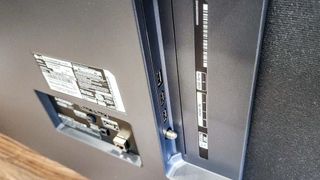
The LG B4 OLED and Samsung S85D are very much built on similar designs. Although they might have different chipsets, with the S85D utilizing Samsung's NQ4 AI Gen2 processor while the B4 has the Alpha 8 chip, they actually both command the same exact panel. That's right, both these cheaper OLEDs use the WOLED panel designed by LG Display.
That means you shouldn't expect to see any S85D OLED TVs using Samsung Display's QD-OLED panel that offers slight better performance over WOLED. Both displays are also rated at a 120Hz refresh rate, meaning they're both perfect for next-gen consoles like the Xbox Series X or the new PS5 Pro. Support for both FreeSync and G-Sync is also a plus.
Size-wise, the LG B4 and S85D are practically identical, off from one another by a few decimals, with super slim dimensions. The S85D is just 27.6 inches in depth while the B4 is 27.9 inches, making them really slim and easy to fit in most households. The bezels are a bit less-noticeable on the S85D, but certainly aren't as pronounced as the B4's.
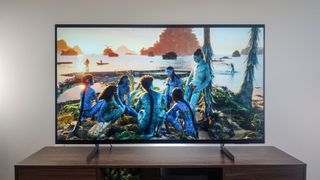
As already mentioned, the LG B4 and Samsung S85D are largely built on a similar design ethos. They serve as the cheapest OLEDs from LG and Samsung, which means several concessions had to be made to give these TVs their budget pricing. You'll find this most obviously in their sound systems — to say the sound on either set is middling would be an understatement.
The LG B4 uses a 20W 2.0-channel speaker system against the Samsung S85D's 20W 2.0-channel system. This should serve to highlight just how closely-aligned these sets are, but it also means you'll definitely want to nab one of the best soundbars no matter which option you choose.
LG B4 OLED vs LG B3 OLED: Performance
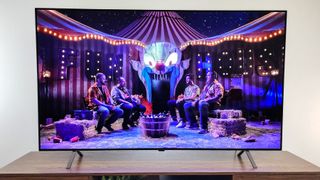
There's no doubt the LG B4 looks particularly stunning, but so too does the S85D. Sharing the same panel means you'll see very similar numbers in terms of brightness and color output. Of course, the processor also comes into play here, seen best of all in how the S85D slightly edges out the B4 in its peak brightness.
In our testing, specifically in standard content, the B4 hit as much as 628 nits while the S85D measured in at 680 nits. That's not so bad, though both TVs don't do much better in HDR workloads, measuring in at 659 nits for the B4 and 684 nits for the S85D. As you can see, there's little difference between SDR and HDR peak brightness on the S85D, but it's still a little better than its LG rival.
Swipe to scroll horizontally
| Row 0 - Cell 0 | LG B4 | Samsung S85D |
| SDR Brightness (10%, in nits) | 628 | 680 |
| Rec. 709 Gamut Coverage | 97.37% | 108% |
| HDR Brightness (10%, in nits) | 659 | 684 |
| UHDA-P3 Gamut Coverage | 99.22% | 98.57% |
| Rec. 2020 Gamut Coverage | 74.92% | 74.17% |
| Input latency (milliseconds) | 9.7 (Game Mode) | 9.2 (Game Mode) |
And that's not the whole picture, even if the S85D does beat the B4 in nearly every metric. Just look at the color volume on the S85D, reaching over 108% of the Rec709 gamut. It's not often we see numbers like that and it proves the Samsung OLED has some serious range in color output.
The accuracy of those colors, however, might not be quite as close as the B4. Measured via each TV's Delta-E, with lower scores being better, we can see that the B4 at 0.8447 handles color accuracy ever so slightly better than the Samsung S85D, which scored a 1.9162 on the Delta-E scale.
Though marginally different, it goes to show the varied experiences you might expect between them. While the S85D might be host to a broader range of colors, it won't be as accurate in displaying them as the B4. In terms of HDR color coverage, the two TVs are pretty neck and neck making that distinction relatively negligible, but it is important to note that the B4 has Dolby Vision IQ (and doesn't support HDR10+), while the S85D has HDR10+ Adaptive (and doesn't support Dolby Vision).
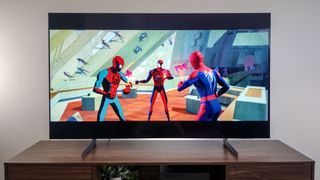
And I think there's no need to point out that their speaker systems are pretty bad. They do both come equipped with Atmos support, so it wouldn't hurt pairing either up with one of the best Dolby Atmos soundbars or a well-rounded surround sound system of your choice. You are, after all, saving quite a bit in terms of an initial buy-in on an OLED TV, what with the 55-inch S85D priced at just about $1,300 on sale compared to the $999 55-inch LG B4 on sale.
LG B4 OLED vs Samsung S85D OLED: Outlook
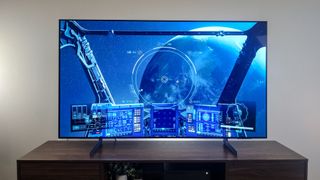
Honestly, I feel this debate really comes down to overall budget. It's not too tough a sell in terms of pricing, and there's no question the LG B4 OLED is far better primed for success at just under $1,000 for its 55-inch model. There are many who also believe LG, makes some of the best gaming TVs in the market hands down, and there is some truth to that.
But if we're going on gaming alone, the clear winner would undoubtedly be the Samsung S85D. Tizen OS is home to a slew of game streaming platforms, including the largest in Xbox Game Pass, plus Samsung itself is making games for its TVs. Not only that, but the S85D also has slightly better input latency at 9.2ms versus the B4's 9.7ms both in Game Mode.
You're also simply getting the better overall metrics. Why settle for something that's objectively worse simply because it's $300 less? And if you did end up siding with the B4 instead, you'd be out an ATSC 3.0 tuner and wouldn't have access to NextGenTV's 4K broadcasts. Thus, the Samsung S85D OLED TV is the clear winner of this face-off.
More from Tom's Guide
- Massive PlayStation sale live with PS5 games from $3 — here’s the 15 deals I’d buy
- LG 2025 QNED TVs announced ahead of CES — meet LG’s newest Mini-LED and QLED TVs
- LG's amazing transparent OLED TV is now on sale — and I hope you're sitting down for the price
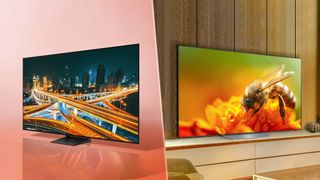
![How Performance Marketing + Brand Fuels Traffic Growth And Conversions [Webinar] via @sejournal, @hethr_campbell](https://www.searchenginejournal.com/wp-content/uploads/2024/12/featured-963.png)


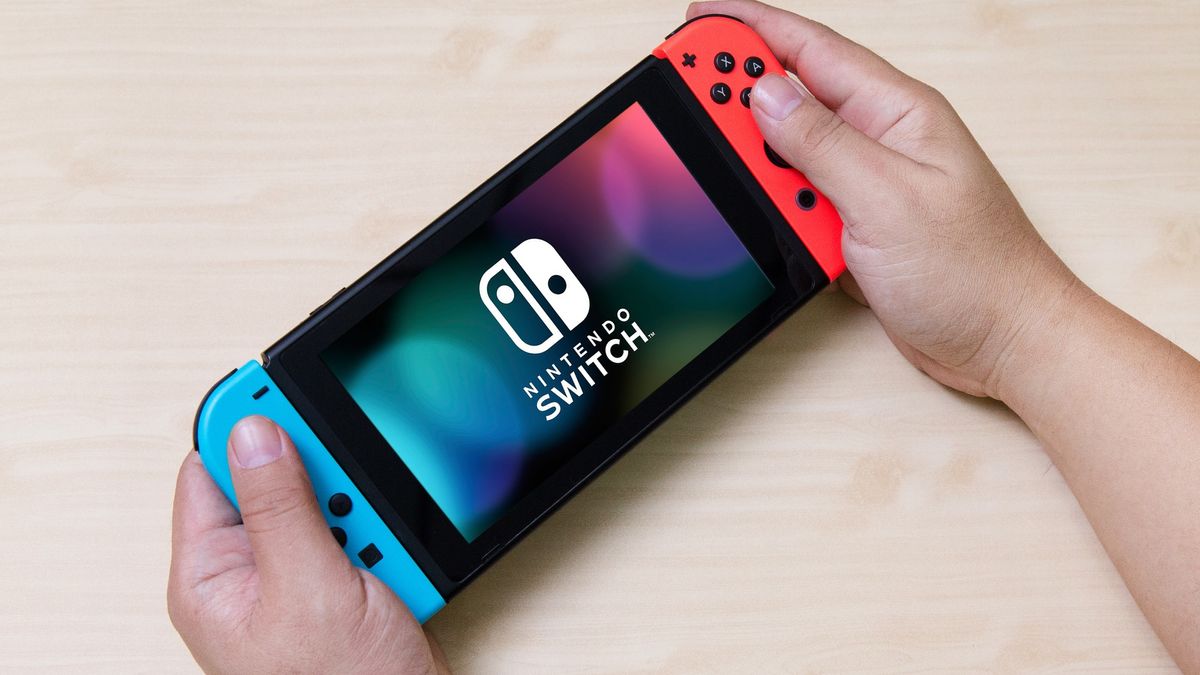



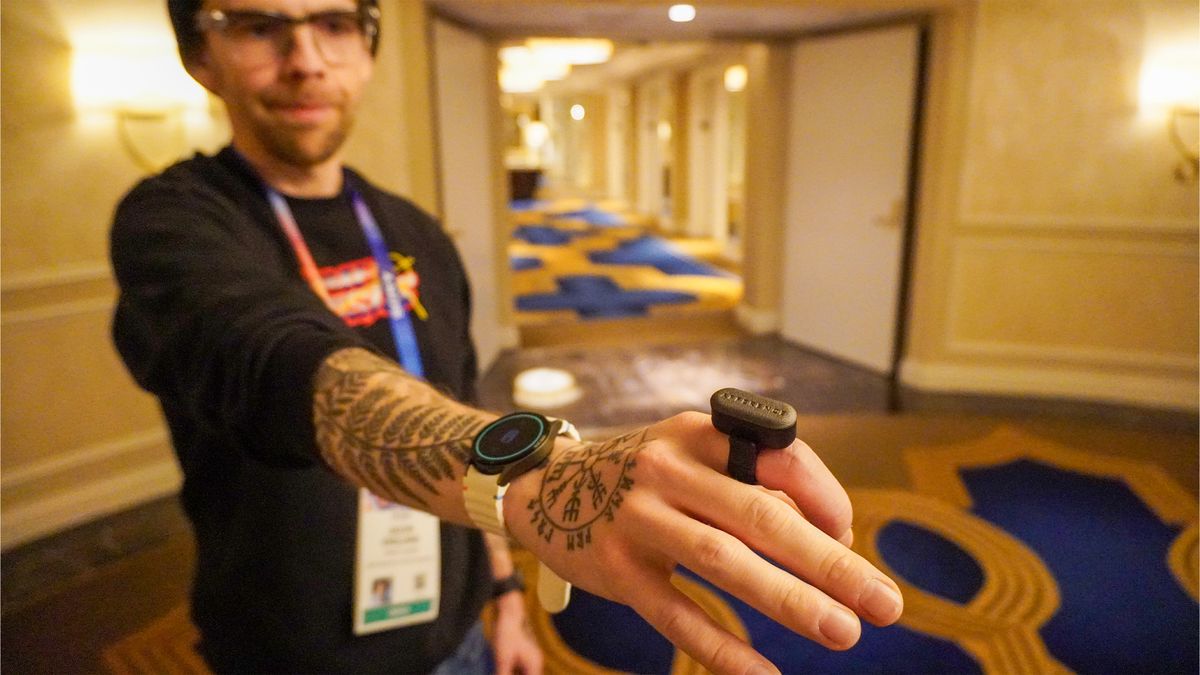



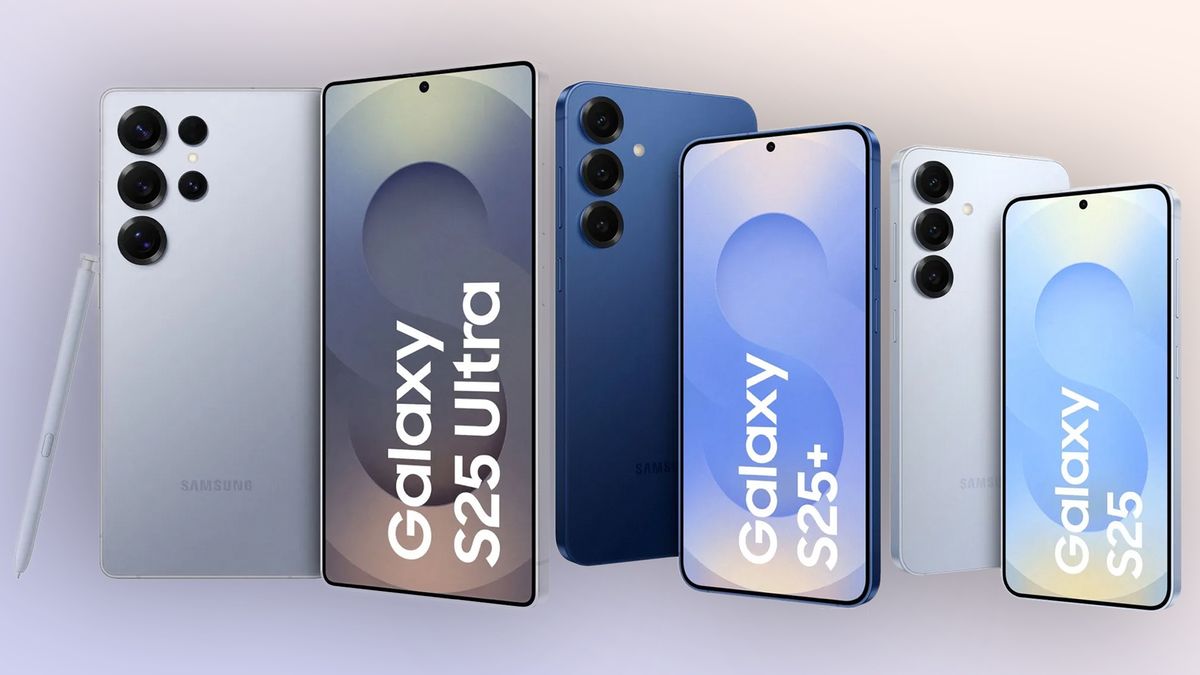








 English (US) ·
English (US) ·